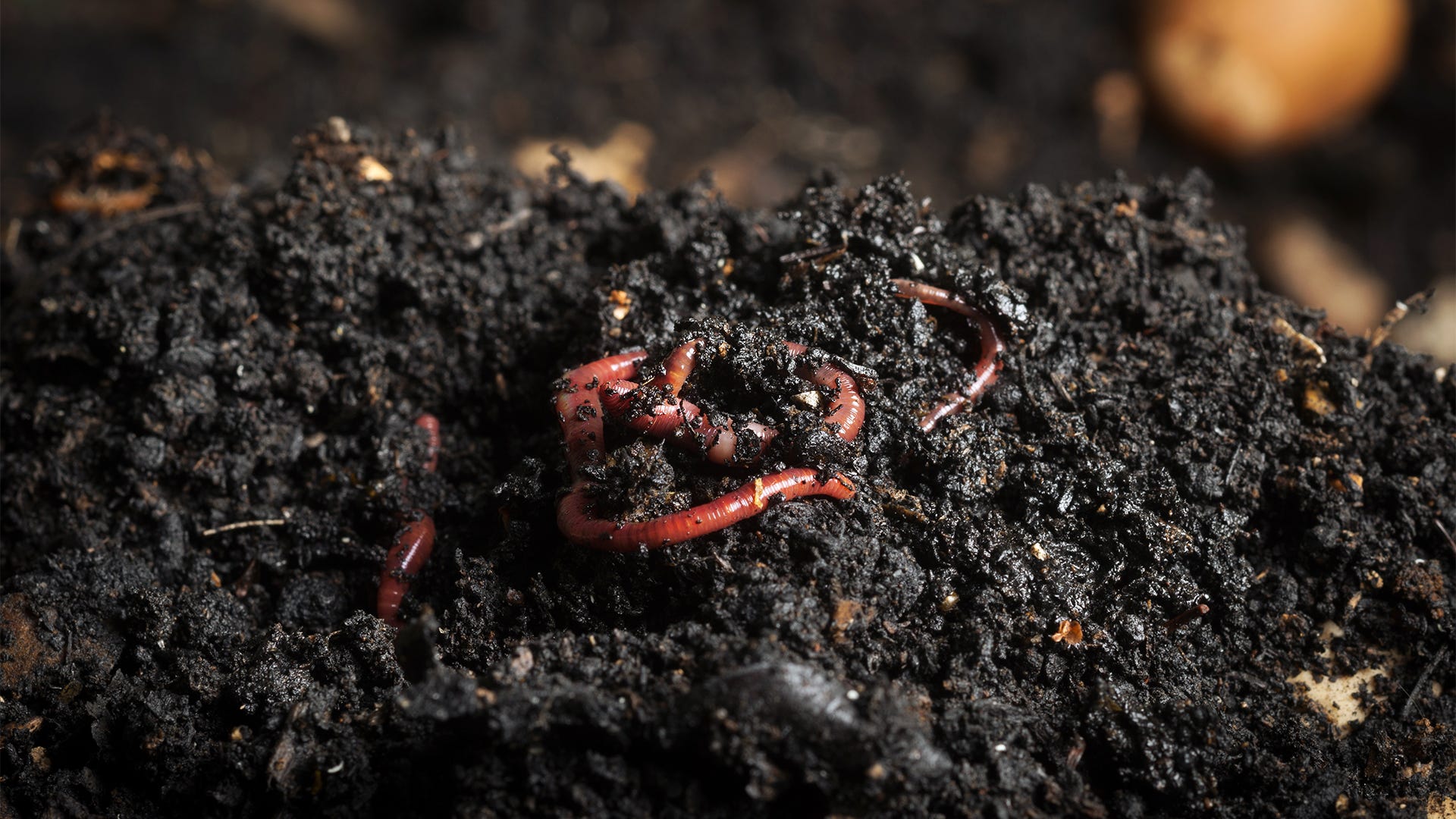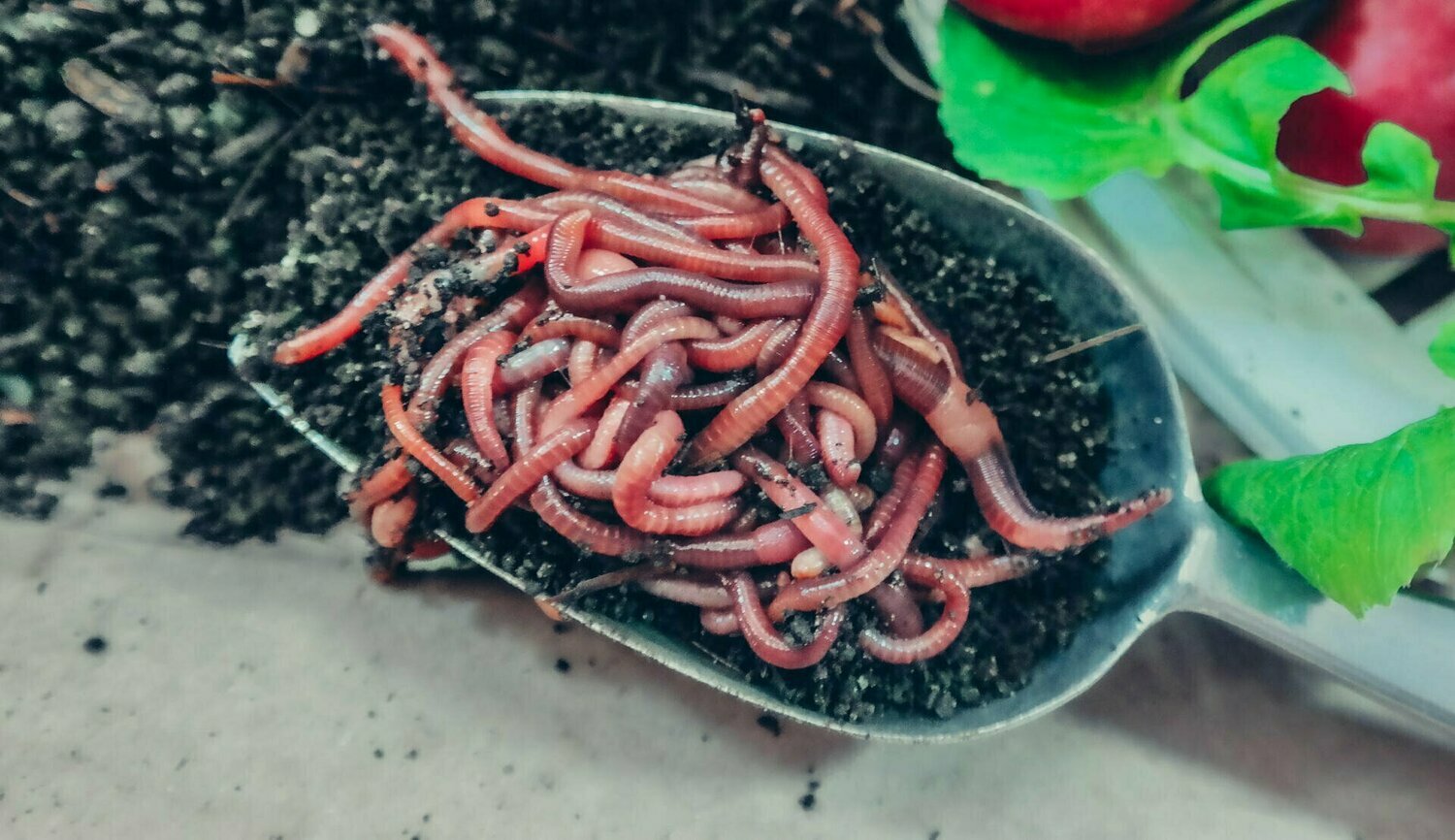Red Wiggler Composting Keys: Increase Your Soil Health with These Simple Steps
Red Wiggler Composting Keys: Increase Your Soil Health with These Simple Steps
Blog Article
Discovering the Systems of Red Wiggler Composting: A Comprehensive Guide to the Process and Its Positive Influence On Lasting Gardening Practices
The intricate devices of red wiggler composting, utilizing the unique physiology of Eisenia fetida, present a compelling method for boosting sustainable horticulture techniques. As urban horticulture gains grip, understanding the nuances of this composting method ends up being progressively appropriate.
Comprehending Red Wigglers
Red wigglers, scientifically recognized as Eisenia fetida, are a species of earthworm highly related to for their effectiveness in composting organic waste. These worms flourish in nutrient-rich environments, especially in decomposing natural matter, making them ideal for vermicomposting systems - Red Wiggler Composting. Defined by their reddish-brown pigmentation and fractional bodies, red wigglers are smaller sized than typical earthworms, typically determining between three to 4 inches in size
Their unique physiological qualities enhance their composting abilities; as an example, they possess a high reproductive rate, allowing populaces to multiply rapidly under ideal problems. Red wigglers consume organic product, breaking it down via their digestive systems, which results in nutrient-rich castings that act as an exceptional natural fertilizer. Their ravenous cravings allows them to refine big volumes of food waste successfully, considerably decreasing garbage dump contributions.
Along with their composting prowess, red wigglers play a vital role in soil health. Red Wiggler Composting. They aerate the dirt and help with the decay of natural issue, additional improving the dirt ecosystem. Understanding the features and eco-friendly advantages of red wigglers is essential for anybody aiming to apply sustainable gardening methods through effective composting methods
The Composting Process
The composting process entails breaking down organic materials into nutrient-rich compost, a job that red wigglers stand out at due to their specialized gastrointestinal systems. These worms take in food scraps, backyard waste, and other organic matter, changing them right into beneficial garden compost with a series of organic and chemical processes.
Originally, the raw material is combined with bed linen products such as shredded paper or dried out fallen leaves, creating an optimum atmosphere for the worms. As the red wigglers ingest this blend, they break it down through their gut, where microorganisms even more decay the material. This procedure generates heat, advertising microbial task, which accelerates decay.

Benefits of Red Wiggler Composting
Lots of gardeners and eco-conscious individuals identify the numerous benefits of red wiggler composting, making it a popular choice for reliable waste monitoring. One of the key benefits is its ability to considerably lower organic waste in land fills - Red Wiggler Composting. Red wigglers effectively damage down kitchen area scraps and other eco-friendly products, transforming them into nutrient-rich vermicompost that improves dirt health and wellness
In addition, red wiggler composting improves soil structure and fertility. The resulting vermicompost is including beneficial microbes, which promote plant growth and boost nutrient retention. This all-natural fertilizer not only supports lasting gardening techniques but additionally minimizes reliance on chemical plant foods, cultivating a much healthier community.
Furthermore, red wiggler composting is a space-efficient method, making it optimal for metropolitan gardeners with restricted space. The procedure can be conducted inside or outdoors, allowing for year-round composting no matter environment conditions. Additionally, red wigglers are low-maintenance see post microorganisms that require minimal care, making them accessible for beginner garden enthusiasts.
Basically, the advantages of red wiggler composting extend past waste reduction; they contribute to much healthier dirts, lasting horticulture methods, and ecological stewardship, placing it as a useful method in contemporary cultivation.
Ideal Practices for Composting
For site link successful red wiggler composting, sticking to ideal techniques is important to take full advantage of effectiveness and guarantee an efficient environment for these worms. First, it is essential to keep a proper carbon-to-nitrogen ratio, ideally around 30:1. This equilibrium promotes ideal disintegration and boosts the worms' wellness. Incorporate a mix of environment-friendly materials, such as veggie scraps, and brownish products like shredded paper or cardboard.
Next, display moisture degrees, going for a damp, sponge-like uniformity. Extremely damp conditions can bring about anaerobic decomposition, while extreme dryness may prevent worm task. Additionally, ensure proper aeration by transforming the garden compost regularly, which assists avoid compaction and permits sufficient oxygen flow.
Temperature level is an additional vital aspect. Keep a variety of 55 ° F to 77 ° F(13 ° C to 25 ° C) to promote worm activity and microbial growth. Ultimately, stay clear of introducing meat, milk, and oily foods, as these can draw in pests and develop smells.
Enhancing Sustainable Gardening
Sustainable gardening symbolizes a holistic method that balances eco-friendly principles with functional horticulture techniques. By integrating approaches such as red wiggler composting, gardeners can considerably improve their techniques, promoting a more resilient ecosystem. Red wigglers, renowned for their effective decomposition capacities, transform natural waste into nutrient-rich compost, therefore enriching the soil without relying upon chemical fertilizers.
Applying sustainable gardening techniques, such as plant rotation, companion growing, and mulching, further complements the benefits of composting. These practices not only boost soil framework and fertility yet also advertise biodiversity, bring in helpful bugs and organisms that contribute to grow health and wellness. In addition, utilizing indigenous plants can decrease water intake and minimize maintenance, lining up with water conservation efforts.

Final Thought
In final thought, red wiggler composting represents an important approach for enhancing lasting gardening practices. Inevitably, the adoption of red wiggler composting can significantly contribute to green horticulture, benefitting both city and newbie garden enthusiasts in their farming efforts.
The elaborate mechanisms of red wiggler composting, using the distinct physiology of Eisenia fetida, offer a compelling method for enhancing sustainable gardening practices. Understanding the features and eco-friendly advantages of red wigglers is essential for any person looking to execute sustainable horticulture methods with effective composting techniques.

In conclusion, red wiggler composting stands for an essential technique for improving lasting horticulture methods. Inevitably, the fostering of red wiggler composting can dramatically add to environment-friendly horticulture, benefitting both metropolitan and novice garden enthusiasts in their farming efforts.
Report this page